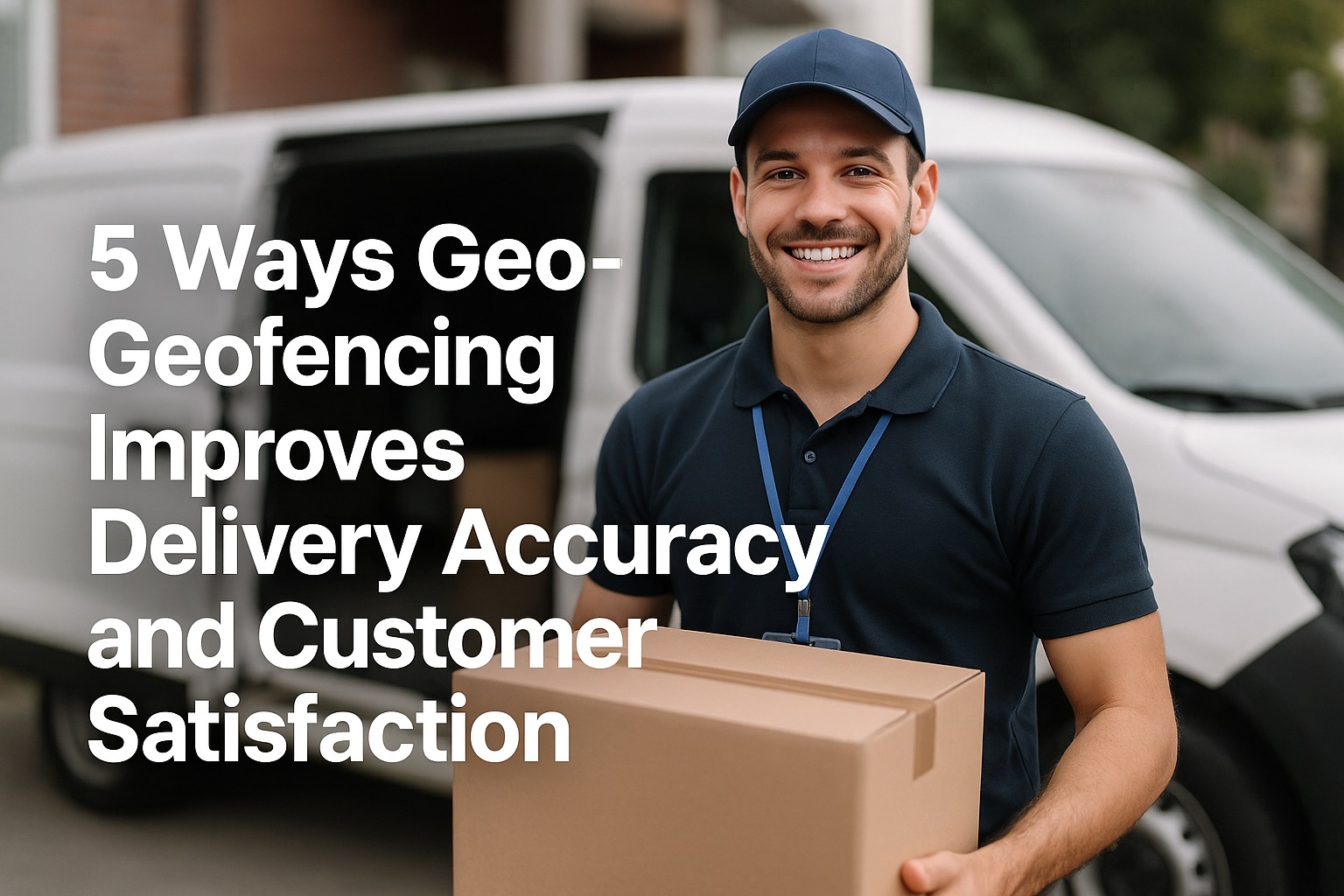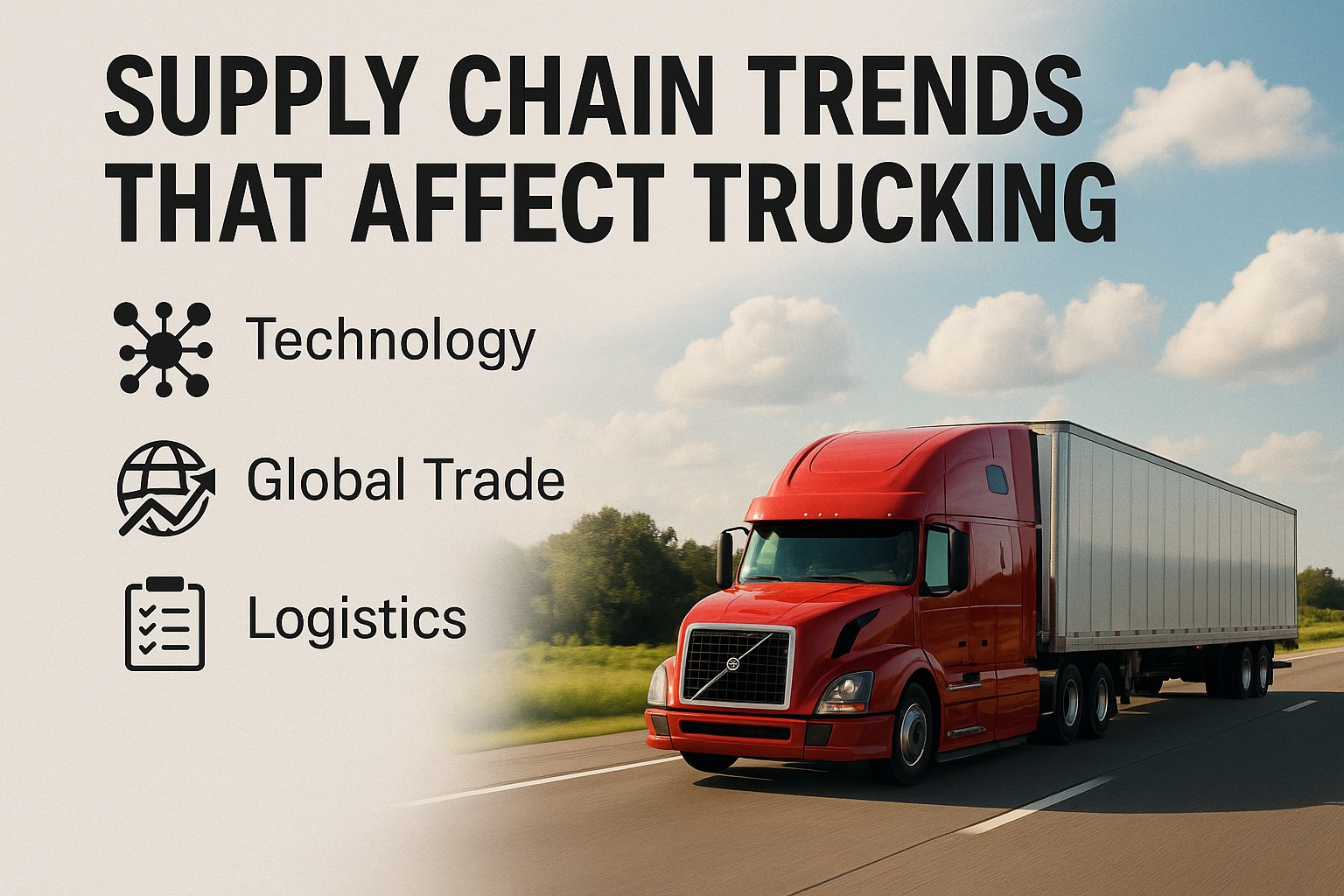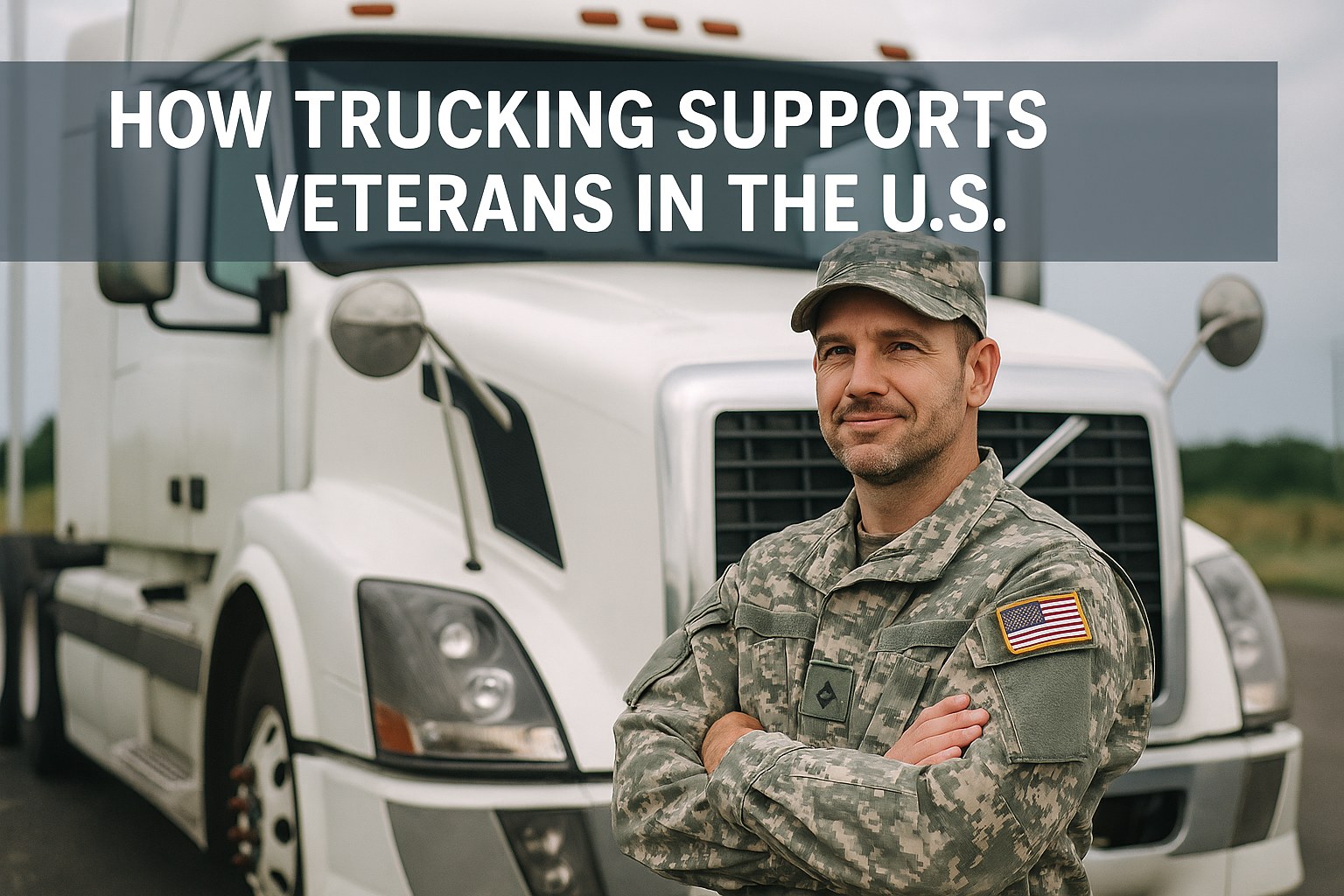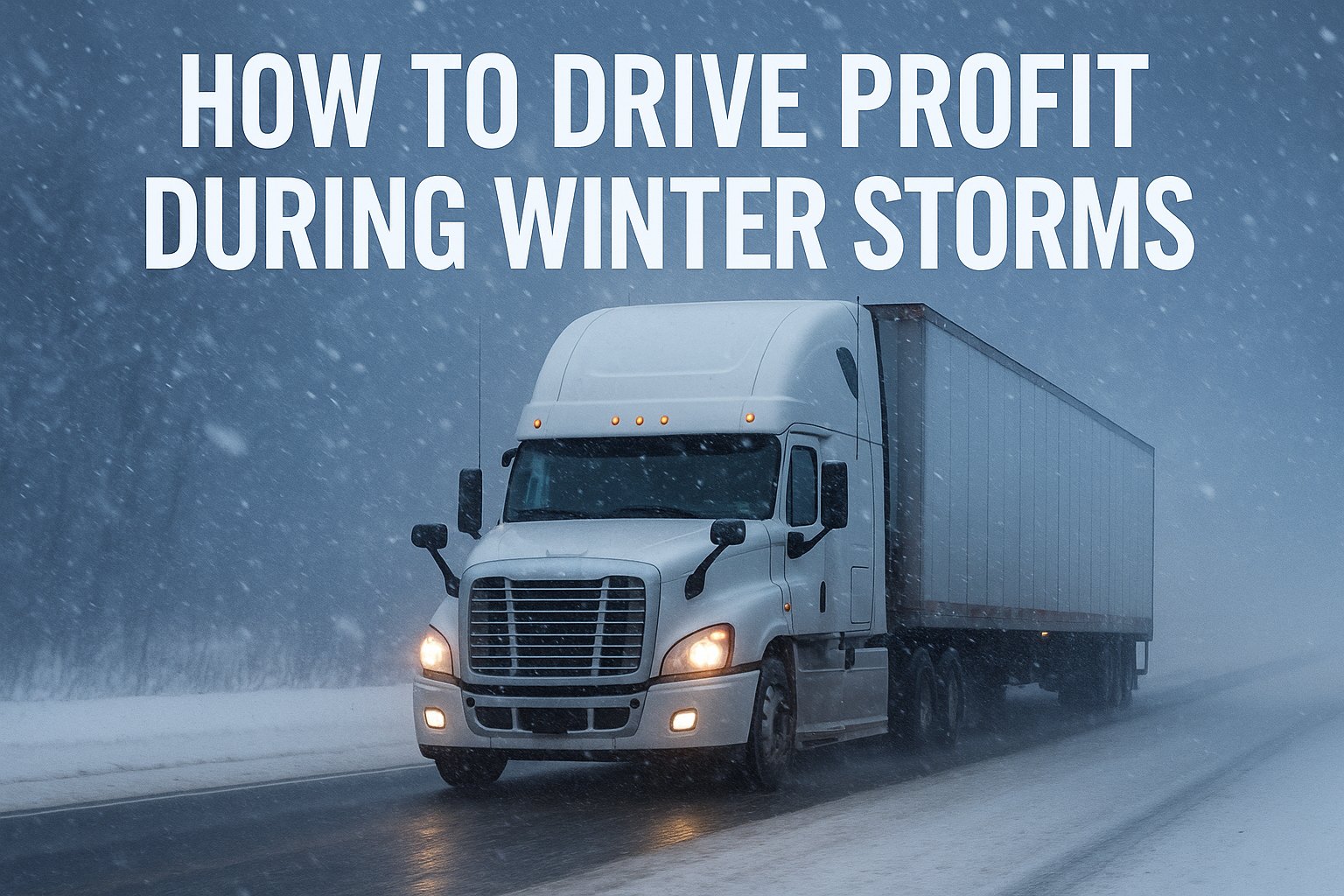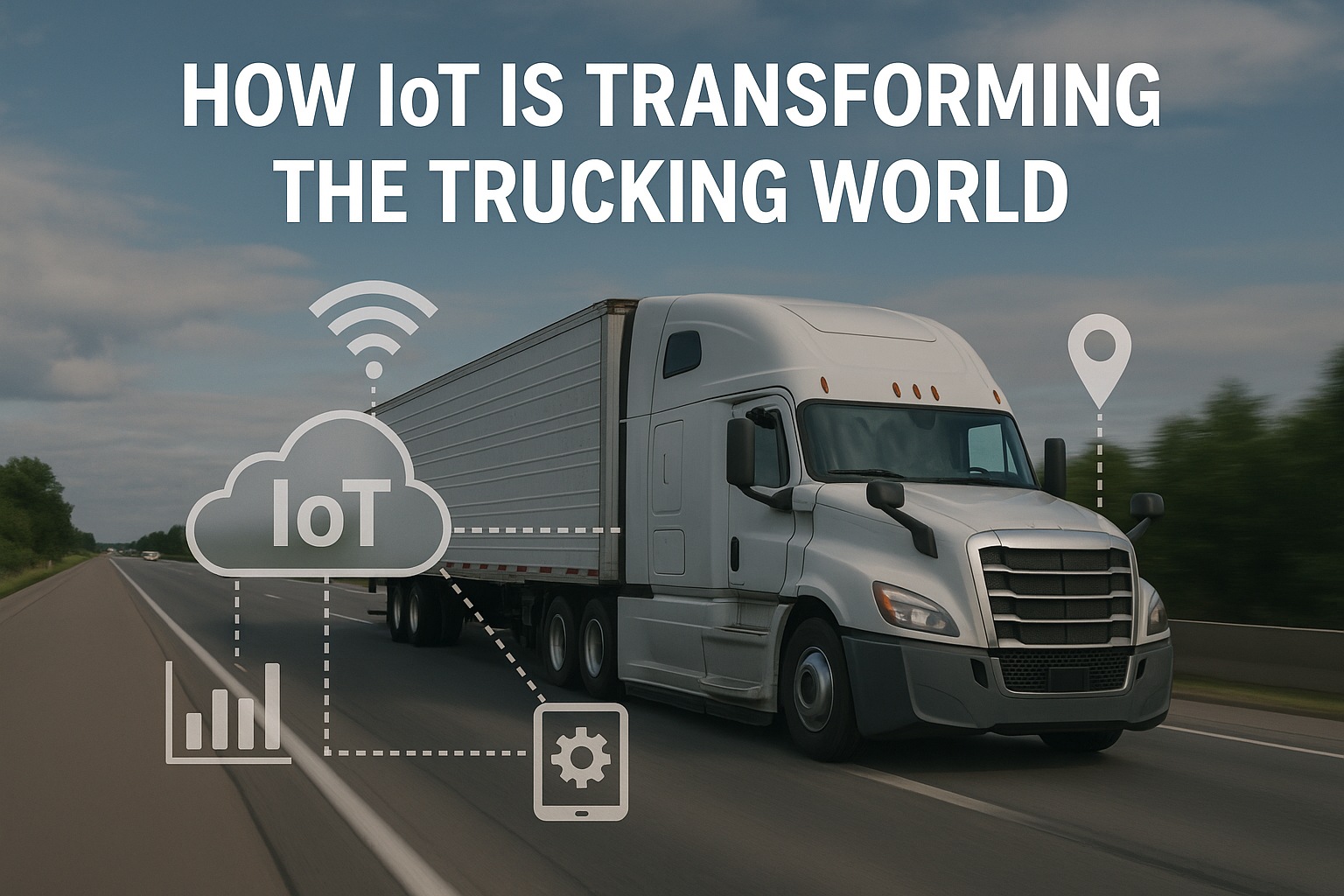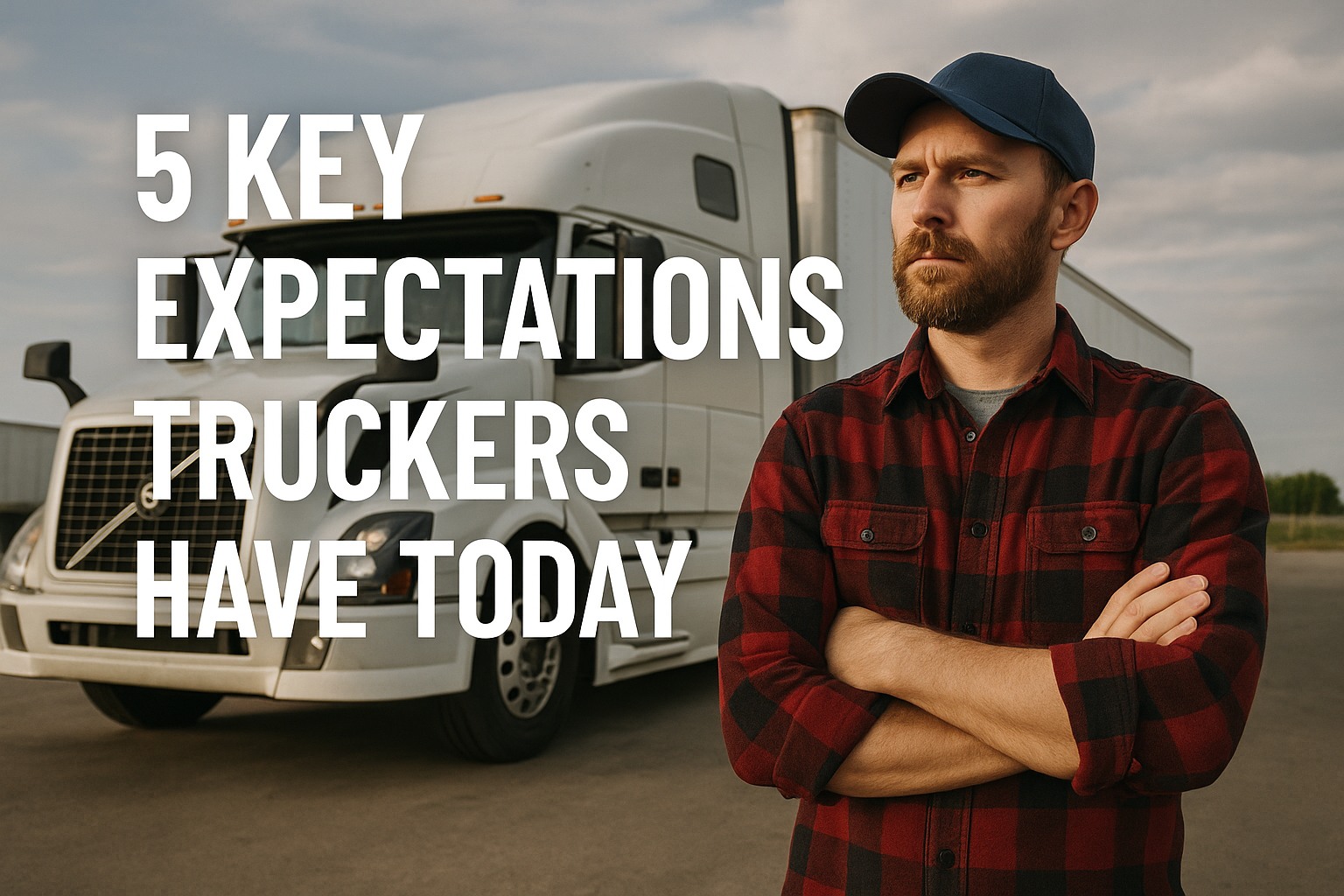The Business Case for Geofencing in Fleet Operations
Geofencing creates virtual boundaries around specific locations, triggering automated actions when vehicles enter or exit these zones. For delivery fleets ansthis technology delivers immediate, measurable benefits:
95%
Delivery accuracy
40%
Better CSAT scores
$30K
Annual savings per route
60%
Fewer missed deliveries
5 Game-Changing Ways Geofencing Transforms Delivery Operations
1. Automated Customer Notifications
Highest ImpactHow It Works: Geofences trigger automatic SMS/email alerts when drivers are 15-30 minutes away
Implementation Cost: $50-100 per vehicle
Results: 85% reduction in missed deliveries, 92% customer satisfaction
2. Dynamic Route Optimization
Efficiency BoosterHow It Works: Real-time geofence data adjusts routes based on actual delivery times
Implementation Cost: $100-200 per vehicle
Results: 25% more deliveries per route, 30% less overtime
3. Proof of Delivery Automation
Dispute EliminatorHow It Works: Geofences automatically timestamp arrivals/departures with GPS verification
Implementation Cost: $75-150 per vehicle
Results: 99% dispute resolution rate, 50% less admin time
4. Driver Performance Analytics
Productivity DriverHow It Works: Track time spent at each delivery location to identify inefficiencies
Implementation Cost: $50-100 per vehicle
Results: 20% improvement in delivery speed, better driver coaching
5. Customer Self-Service Portals
Service ExcellenceHow It Works: Customers track deliveries in real-time through branded portals
Implementation Cost: $100-200 per vehicle
Results: 70% reduction in "where's my delivery" calls
Ready to Transform Your Delivery Operations?
Implement geofencing technology and join fleets achieving 95% delivery accuracy. See ROI in 60 days or less.
ROI Analysis: Geofencing Investment Returns
| Operational Metric | Before Geofencing | After Implementation | Annual Savings (50 vehicles) |
|---|---|---|---|
| Missed Deliveries | 15% of total | 3% of total | $75,000 |
| Customer Service Calls | 500 per week | 150 per week | $40,000 |
| Delivery Disputes | 50 per month | 5 per month | $50,000 |
| Route Efficiency | 80 stops/day | 100 stops/day (25% increase) | $120,000 |
| Driver Overtime | 15 hours/week/driver | 10 hours/week/driver | $65,000 |
| Total Annual Savings | $350,000 | ||
Implementation Best Practices
Phase 1: Zone Design
Weeks 1-2
- Map top 100 delivery locations
- Set optimal geofence radius (150-500 feet)
- Configure notification triggers
- Test with pilot routes
Phase 2: Driver Training
Weeks 3-4
- Explain benefits to drivers
- Demonstrate mobile app features
- Address privacy concerns
- Set performance expectations
Phase 3: Customer Integration
Weeks 5-6
- Launch customer notification system
- Promote tracking portal
- Gather feedback
- Refine notification timing
Phase 4: Optimization
Ongoing
- Analyze delivery patterns
- Adjust geofence sizes
- Expand to all locations
- Integrate with other systems
Common Implementation Challenges & Solutions
❌ Driver Resistance
Challenge: Drivers feel "watched" or micromanaged
Solution: Focus on benefits: fewer angry customers, accurate timestamps for disputes, fair performance metrics
❌ Inaccurate Geofences
Challenge: Triggers in wrong locations
Solution: Start with 300-foot radius, adjust based on location density and GPS accuracy
❌ Alert Fatigue
Challenge: Too many notifications
Solution: Limit to arrival alerts only, customize by customer preference
❌ Poor Integration
Challenge: Geofencing data in silos
Solution: Choose platforms with open APIs, integrate with dispatch and billing
❌ Rural Coverage Gaps
Challenge: Poor cellular coverage
Solution: Use offline-capable apps that sync when connected
❌ Customer Opt-Out
Challenge: Some customers don't want tracking
Solution: Make it optional with clear value proposition
Industry-Specific Applications
E-commerce Delivery
- Photo capture on arrival
- Contactless delivery verification
- Multi-stop route optimization
- Customer delivery windows
Result: 98% first-attempt success
Food Delivery
- Temperature monitoring alerts
- Restaurant arrival notifications
- Customer ETA updates
- Driver wait time tracking
Result: 15-minute average delivery
Construction/Industrial
- Site access verification
- Equipment delivery tracking
- Safety zone compliance
- Time-on-site billing
Result: 100% billing accuracy
Medical/Pharmaceutical
- Chain of custody tracking
- Temperature excursion alerts
- Priority delivery routing
- HIPAA-compliant notifications
Result: 100% compliance rate
Start Delivering Excellence Today
Join leading fleets using geofencing to achieve 95% delivery accuracy and 40% higher customer satisfaction. Implementation takes just 30 days.
Frequently Asked Questions
Modern geofencing achieves 95-99% accuracy with proper configuration. GPS accuracy is typically within 15-30 feet in urban areas and 50-100 feet in rural locations. Best practices include setting geofence radius at 150-300 feet for residential deliveries and 300-500 feet for commercial locations. Combine with driver confirmation for 100% accuracy.
Most fleets see positive ROI within 60-90 days. Quick wins include 70% reduction in customer service calls (immediate), 85% decrease in missed deliveries (30 days), and 25% route efficiency improvement (60 days). Full ROI including customer retention benefits typically reaches 10-15x investment within 12 months. Average payback period is 2.5 months.
Basic geofencing costs $30-50 per vehicle monthly, including software and cellular data. Advanced features like customer notifications and analytics add $20-30. Total investment for a 50-vehicle fleet runs $2,000-4,000 monthly but saves $25,000-30,000 monthly through operational improvements. One-time setup costs average $100-200 per vehicle.
Yes, most modern geofencing platforms offer APIs for seamless integration with dispatch software, route planning tools, CRM systems, and billing platforms. Popular integrations include Samsara, Verizon Connect, and ServiceTitan. Integration typically takes 2-4 weeks and enables automated workflows that save 5-10 hours of manual work daily.
Customer response is overwhelmingly positive with 92% satisfaction rates. Surveys show customers value accurate ETAs (ranked #1), proactive notifications (ranked #2), and self-service tracking (ranked #3). Complaints drop by 75% and positive reviews increase by 40%. Key is making notifications optional and providing clear value like "Driver arriving in 15 minutes" alerts.
